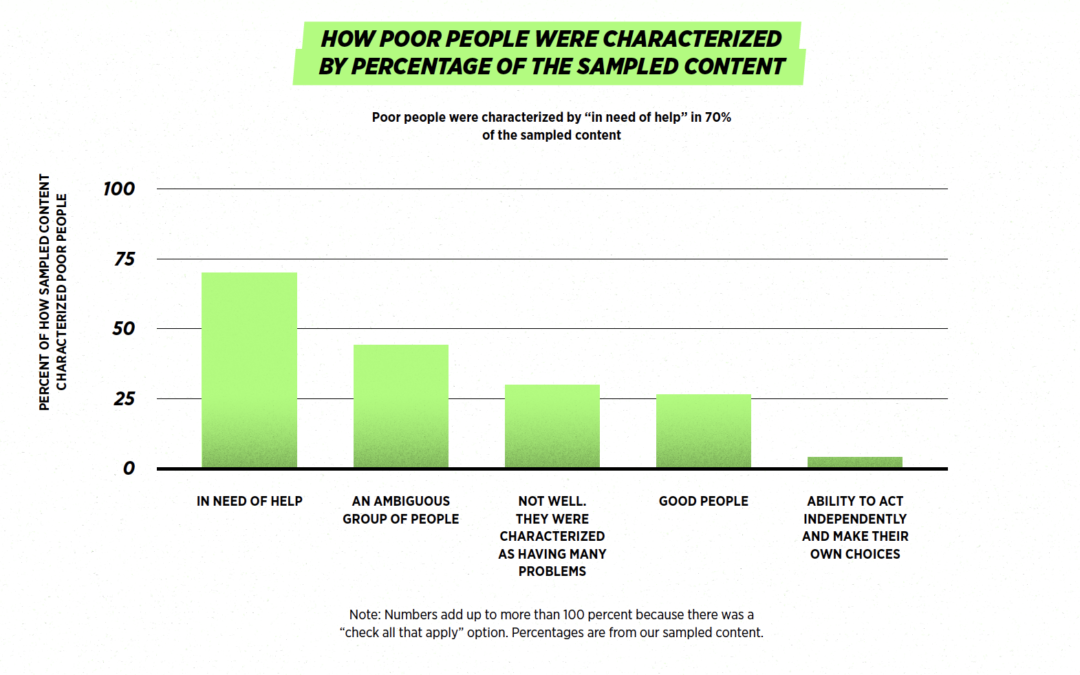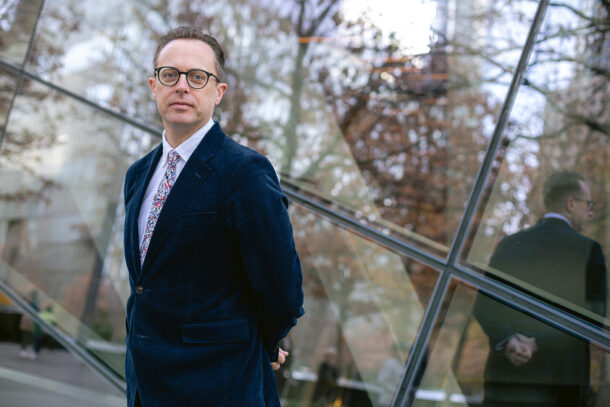The chart above is from a new project examining how we talk about poor people. I’m lucky. I grew up with enough and we still have enough. But 56% of Americans couldn’t cover a $1,000 emergency bill. I recommend the harrowing piece in the New York Times this weekend about how lying is “the etiquette of poverty.”
“Give us today our daily bread” is such a humbling thing to pray for. Being honest, I have no idea what it feels like to be poor. Still, I can empathize. For example, there are people who choose between paying a subway fare and buying lunch. That’s a choice they have to make. I am always grateful I have enough to swipe through the gates without worrying about eating later.
Poverty isn’t just about Dickensian stereotypes. It shows up in different ways. As a reporter I often worked with people who were homeless. It was important to me to tell their stories in a way that didn’t imply they were also hopeless. I wanted to tell their stories in a way that drew attention to bigger issues and systems. There’s a story I wrote in 2008 about the police towing a car. In doing so, they left an older disabled woman homeless. I got the police spokesperson to say his officers were a “component in a system.” It’s an enraging story to read.
I gave a guy outside the bodega $5 this morning to get a coffee. He’s often outside, waiting to go to the Alcoholics Anonymous meeting across the street. It feels like he fell off the wagon again recently, though. He took the money inside. Ordered a coffee. The guy behind the counter told him “if you’re going to act like an animal, I’m going to treat you like an animal.”
I took a deep breath and chose not to engage. But it was a thing.
How do we talk about poor people? That’s the question on my mind. So, I want to tell you about BROKE. It’s a new project produced by the Radical Communicators Network (aka “Radcomms”). Also it involved the Center for Public Interest Communications and Milli. Three years in the making, it prompts us to examine the stories we tell about poverty and wealth.
BROKE researched the stories that the philanthropic and nonprofit sectors tell. They came up with graphs like the one in the header, there, that make you think. The project identifies harmful narratives perpetuated by well-meaning organizations. It also focuses in on transformative stories of poor people challenging broken systems. I’d recommend heading to the website and checking out the timeline. I’d also recommend downloading the report. There’s a launch video, too.
Bottom line in the report is this: You can’t talk about poor people in vague terms. You need to put in the effort. You need the fundamentals of powerful storytelling. If you’re going to talk about poor people you need a story arc. You need to tell the story of real people without exploiting them. And you need to use the stories to make a point. It sounds a lot like you need to do what I used to call journalism. Pick up the phone and talk to real people about what is really happening. That takes effort and intention and a daily practice.
It’s so helpful for us all to consider the power of storytelling done well. It’s also important to remember storytelling can also be damaging. Intention matters, but so does follow-through and risk management. That’s how we talk about poor people. With care and respect to get their lives across fairly and with power.


